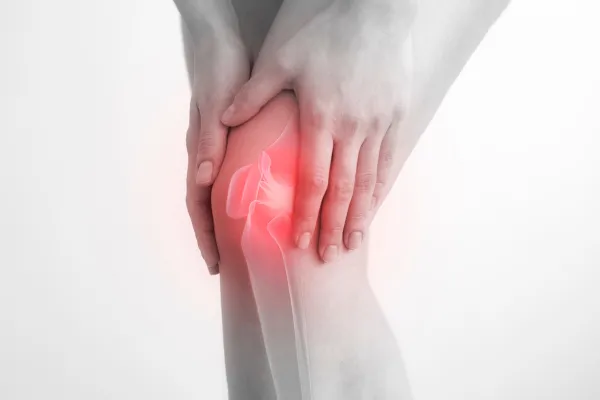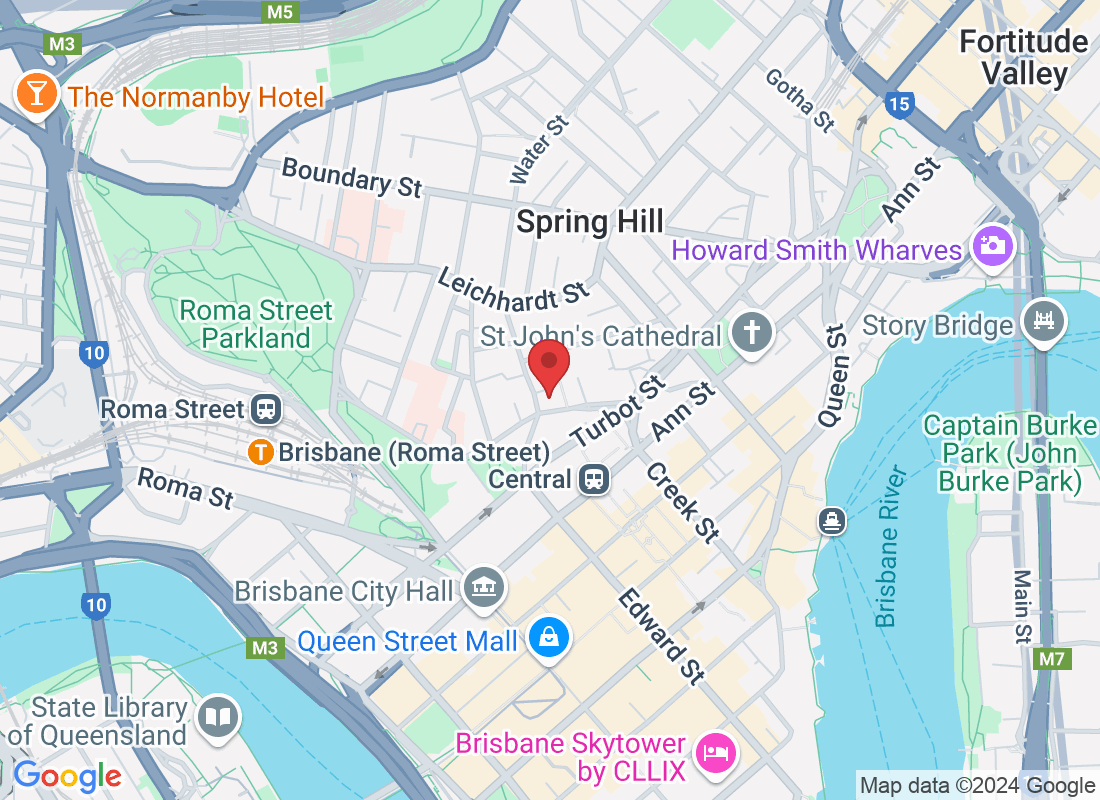
What Is Patellofemoral Pain Syndrome—and Can Physio Help?
That nagging ache at the front of your knee? It might be this.
If your knee gets sore when you walk downstairs, squat, sit for a long time, or go for a run—there’s a good chance you’re dealing with something called Patellofemoral Pain Syndrome. It’s a mouthful, but don’t worry—we’re here to explain it in simple terms and share how physiotherapy can help.
So, What Is Patellofemoral Pain Syndrome?
Let’s break it down:
"Patello" refers to the kneecap (patella), and "femoral" refers to the thigh bone (femur). This condition basically means there’s pain where your kneecap meets your thigh bone—right at the front of your knee.
It’s also sometimes called runner’s knee, but it can happen to anyone—not just people who run.
What Does It Feel Like?
Common signs include:
A dull, aching pain at the front of the knee
Pain when bending the knee—like squatting, kneeling, or using stairs
Soreness after sitting for a while (like during a long drive or movie)
A feeling like your knee is out of balance or not tracking right
The pain can come on slowly and might feel worse after certain activities. Some people also hear or feel a slight grinding or clicking when they bend or straighten the knee.
What Causes It?
There’s usually not one single cause—but a few things tend to play a role:
Muscle imbalances: If certain muscles around your hip or thigh are weak or tight, it can affect how your kneecap moves.
Poor alignment: Sometimes, the kneecap doesn’t glide smoothly in its groove, especially if your leg alignment puts extra pressure on it.
Overuse: Doing a lot of squatting, jumping, or running without enough rest can irritate the joint.
Sudden changes in activity: Upping your workouts too quickly can also lead to this kind of pain.
Can Physio Help? Absolutely.
The good news is, Patellofemoral Pain Syndrome is very treatable, and most people get better without surgery. Physiotherapy is one of the best ways to reduce pain and get back to doing what you love—whether that’s walking the dog or playing sport.
Here’s how physio helps:
✅ Assessment and Diagnosis
We start by looking at how you move—checking your posture, muscle strength, and how your knee is tracking.
✅ Strengthening Exercises
We focus on the muscles around your hips, thighs, and knees—especially the quads and glutes. When these muscles are stronger and better balanced, they take pressure off the knee joint.
✅ Stretching and Mobility Work
Tight muscles can pull the kneecap out of its ideal position. We help loosen what’s tight and improve your flexibility.
✅ Hands-On Treatment
Techniques like massage or joint mobilisation can ease tension and improve movement.
✅ Movement Coaching
We’ll guide you on how to walk, squat, or go down stairs in a way that protects your knees and feels better.
You Don’t Have to Live with Knee Pain
If you’ve been putting up with that dull ache at the front of your knee, now’s the time to do something about it. With the right care and a little bit of guidance, you can feel stronger, move better, and stay active without that annoying pain slowing you down.
Book an appointment with our friendly physio team today—and take the first step toward happy, pain-free knees.



